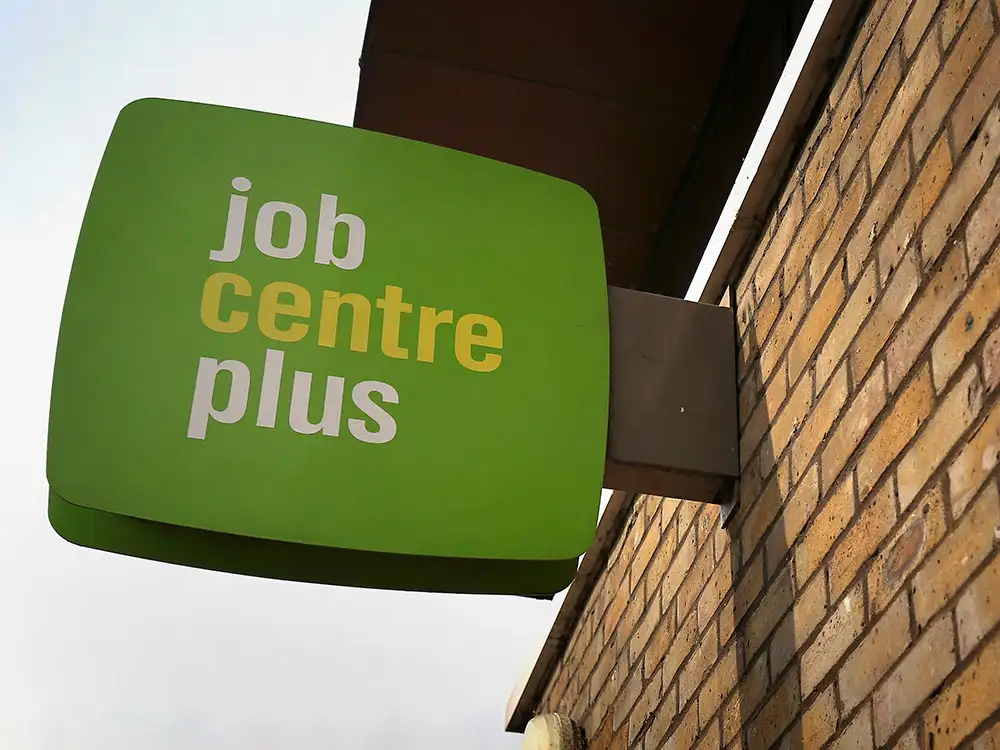York and North Yorkshire has been chosen by the government to trial new ways of getting people back into work.
The regional combined authority, under Mayor David Skaith, will receive up to £10 million as a ‘trailblazer area’ it was announced today (Tuesday).
It will use the money to improve the support available to people who are economically inactive due to ill health and help them return to work.
David Skaith, Mayor of York and North Yorkshire, said: “We have a great opportunity here to help break down some of the barriers preventing people in our communities getting back into work due to ill health.
“We have been asked by Government to bring together and maximise existing support and test new approaches as we develop this trailblazer offer further.
“Healthy and thriving communities are at the centre of my vision for York and North Yorkshire. We’re incredibly excited and passionate to bring this trailblazer to York and North Yorkshire and help people get healthy and get back to work.
“We will ensure it delivers for our region, connecting people to opportunities, as well as benefitting the national fact-finding work led by Government.”
Today’s announcement comes alongside the publication of the Get Britain Working White Paper.

According to the Government, a quarter of all people aged 16-64 have a long-term health condition that limits their day-to-day activities. Disabled people are nearly three times more likely to be economically inactive.
The White Paper sets out how the Government will invest £125 million in eight areas across England and Wales, to mobilise local work, health and skills support – “so everyone who wants to work can get the joined-up support they need,” said a spokesperson.
These eight trailblazers, including York and North Yorkshire, will be at the forefront of designing how locally joined-up support will work in practice across England and Wales.
National Jobs Services

Alongside the focus on improving health, the Government’s plans will see Jobcentres replaced by a new National Jobs and Careers Service.
Backed by £55 million, the new system is expected to have a greater focus on helping people back into work rather than monitoring benefit claims.
Other policies include providing additional employment and training opportunities for young people.
Tackling economic inactivity, which has risen by 600,000 people since the pandemic, is seen as vital to both boosting economic growth and reducing a spiralling welfare bill that threatens to demand more resources from the Treasury.
Prime Minister Sir Keir Starmer said the Government’s reforms would “put an end to the culture of blaming and shaming people who for too long haven’t been getting the support they need to get back to work” and help people into “decent, well-paid jobs”.
But Work and Pensions Secretary Liz Kendall also made clear that the Government expected those who were able to work to take up those opportunities.
Referring to the policies of the last Labour government, she told broadcasters on a visit to Peterborough: “We said there was no option of a life on benefits, and that principle remains the same today.”
